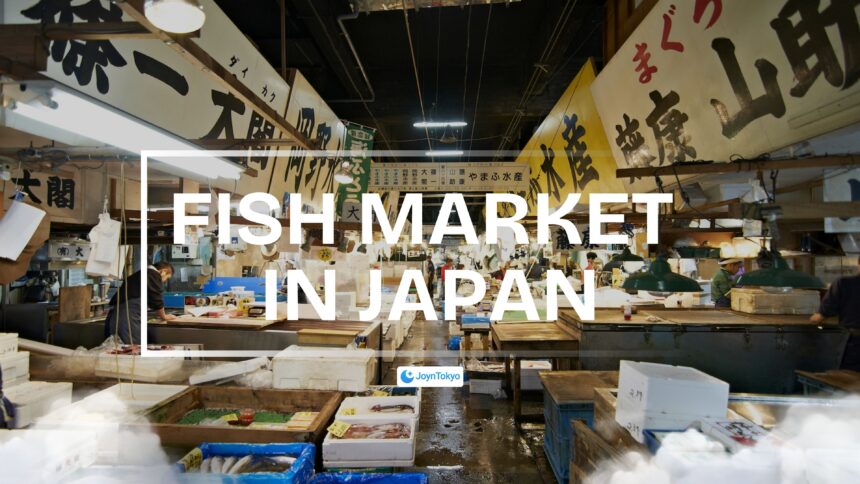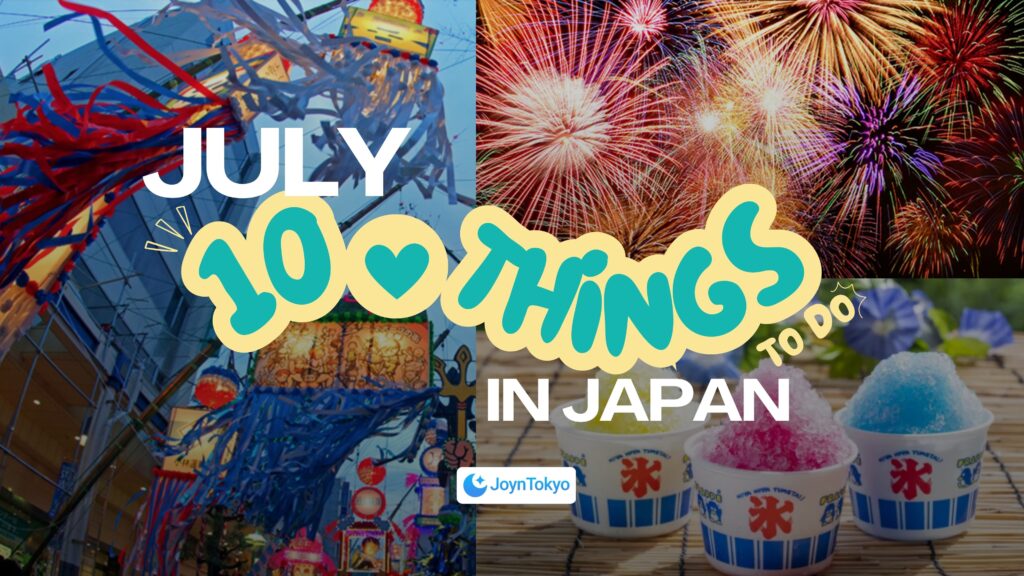Japan’s fish markets are more than sightseeing spots: they are like classrooms where you can taste regional identity one bite at a time. From Tokyo’s high-tech Toyosu to Hokkaido’s dawn-lit crab towers, this guide will show foreign residents how to shop, ship, and feast like a local.
Tokyo’s Fish Markets
Tokyo’s vast, sprawling space houses four distinctive seafood hubs, each telling a different chapter of the city’s culinary history.
Toyosu Market – A High-Tech Theatre of Tuna
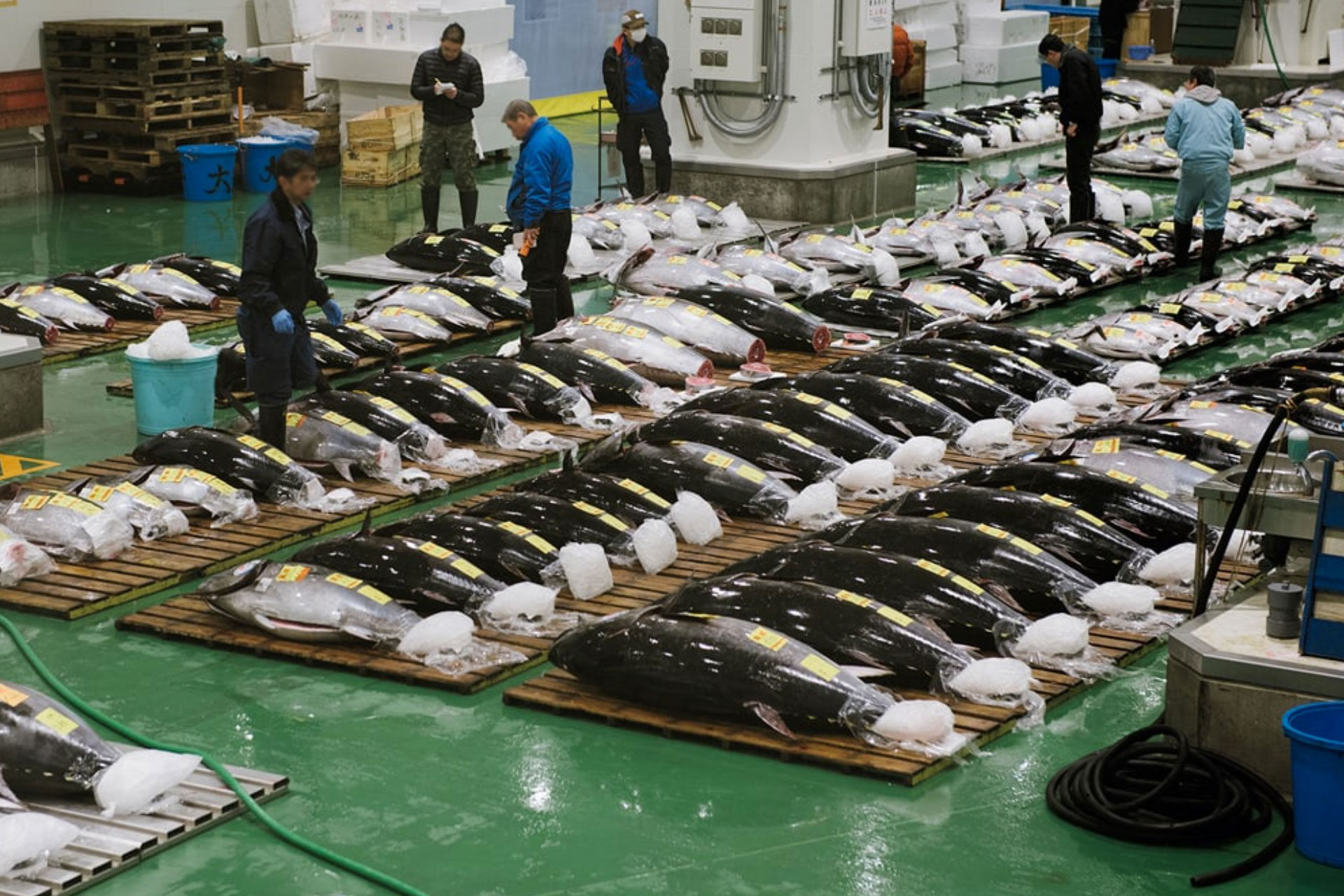
Opened on 11 October 2018 to replace the legendary Tsukiji wholesale halls, Toyosu is a climate-controlled complex on Tokyo Bay. Visitors watch the pre-dawn tuna auction from glazed galleries, then ride the escalator to a restaurant floor where chefs serve nigiri that left the dock minutes earlier. The adjacent Senkyaku Banrai zone (launched February 2024) re-creates Edo hustle with food stalls, a craft-beer bar and a rooftop footbath—ideal after queuing since 5 a.m.
Note
- Nearest station: Shijō-mae (Yurikamome Line) / Google maps link
- Opening time : 5 a.m – 3 p.m.
Tsukiji Outer Market – Street-Level Seafood Culture

Although the inner auction moved east, Tsukiji’s warren of lanes remains Tokyo’s pantry. Family-run stalls grill scallops, slice sashimi to order, and sell chef-grade knives. If you arrive after 9am after the delivery carts thin out, you can join office workers choosing ingredients for lunch boxes.
Note
- Nearest station: Tsukijishijo (Oedo Line) / Google maps link
- Opening time : 6am – 2pm
Adachi Market: Tokyo’s Best-Kept Secret
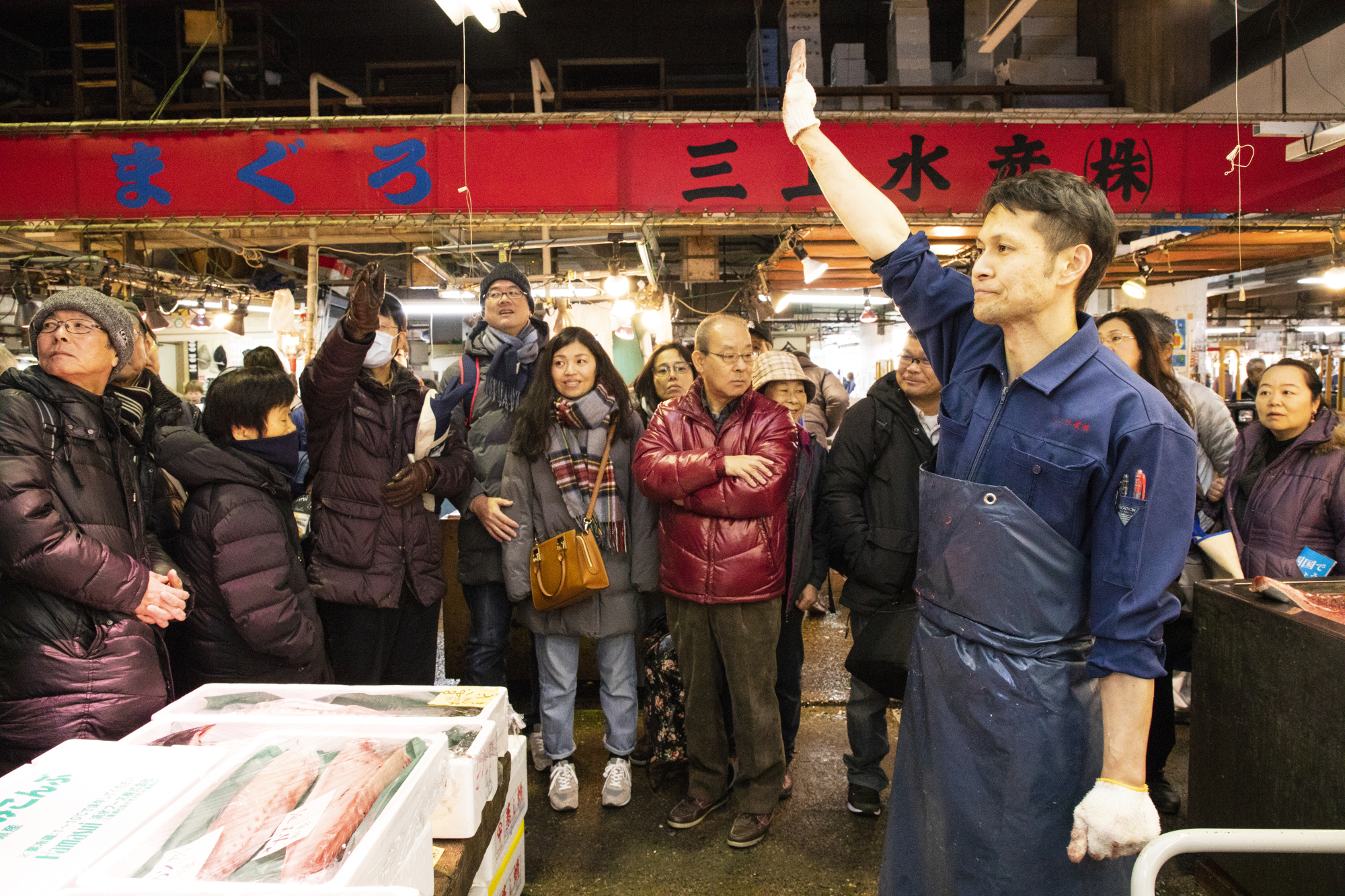
Hidden in northern Tokyo, Adachi opens to the public only on designated Saturday “seafood days,” yet rewards early birds with bargain trout, live clams, and impromptu cooking demos by local volunteers. It feels like a block party, and is perfect for practising casual Japanese.
Note
- Nearest station: Senju-Ōhashi (Keisei Line) / Google maps link
- Opening time: 8am – 10:30am
Yokohama Central Wholesale Market: Port-City Freshness
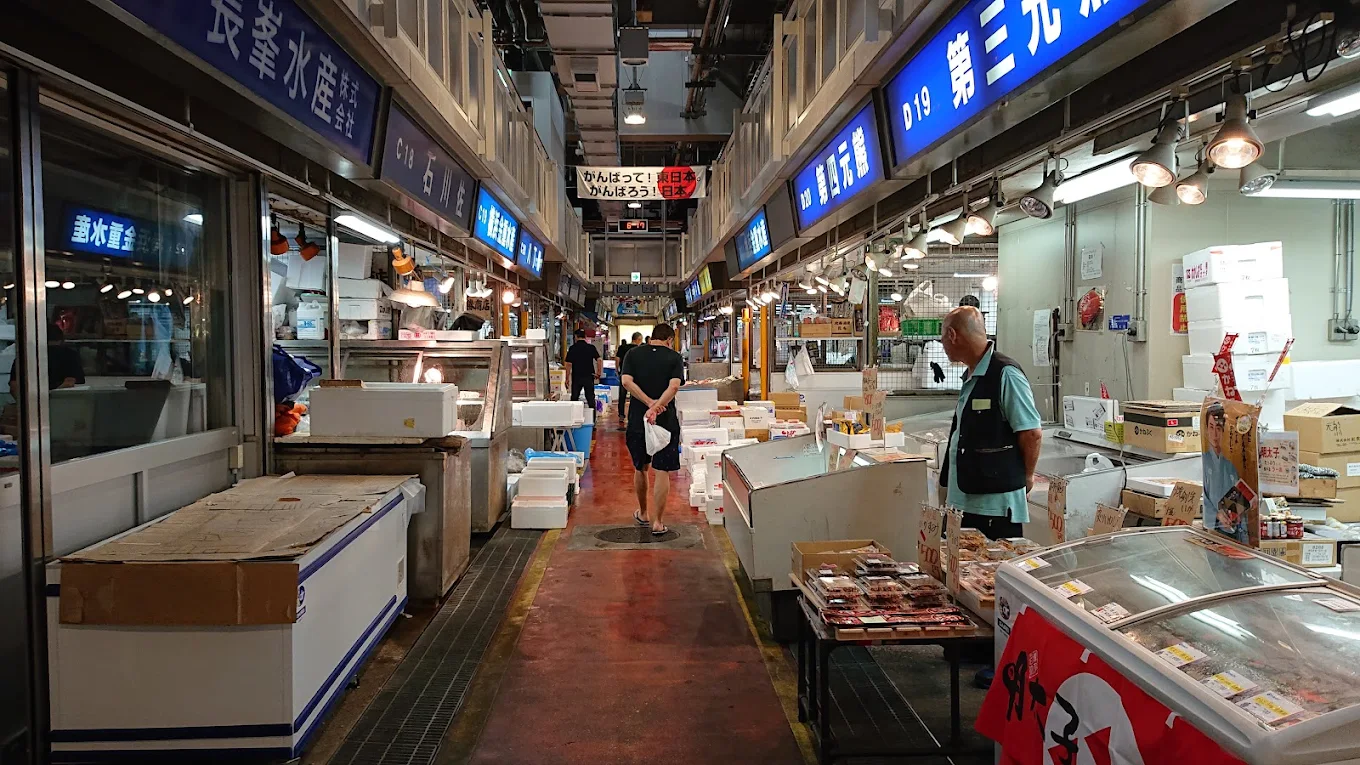
A 30-minute ride south delivers you to Yokohama’s working harbor. On Fridays, there are s-called “citizen days”, where a consumer zone lets home cooks jostle with Chinatown chefs for tiger prawns and bluefin. Pair an 8am visit with a stroll along Yokohama’s seafront promenade.
Note
- Nearest station: Shin-Takashima (Minatomirai Line) / Google maps link
- Opening time: 8am – 10:30am
Regional Fish Markets Beyond Tokyo
Venturing outside the capital reveals Japan’s maritime diversity, from the snow crab grounds of the Sea of Japan , all the way to subtropical Kyūshū.
Omicho Market, Kanazawa – “Kanazawa’s Kitchen”
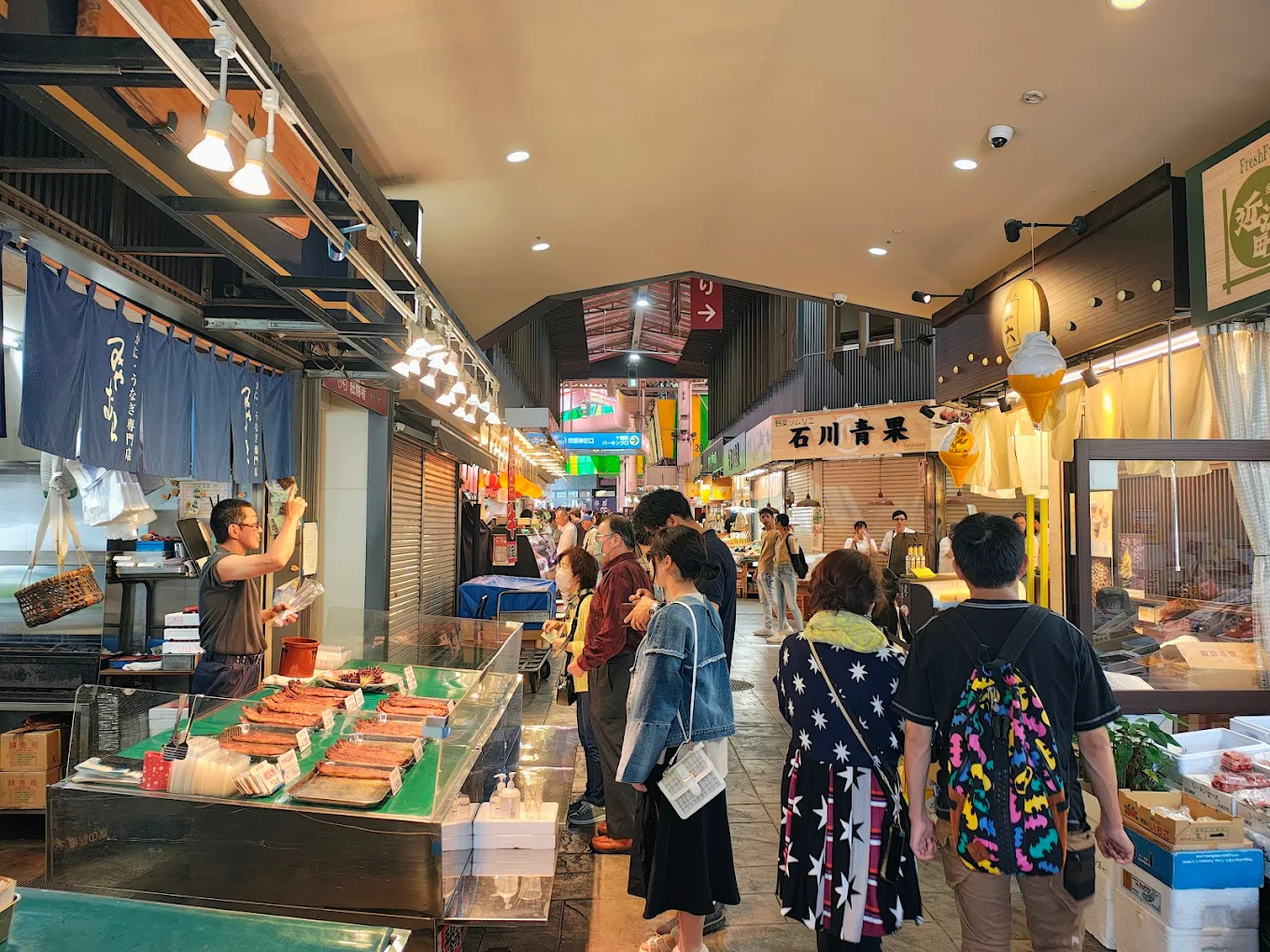
Operating since the Edo Period, Omicho hosts 180 covered stalls specializing in snow crab, sweet shrimp and mountain produce. Many vendors vacuum-pack purchases for the shinkansen ride back to Tokyo; shipping to hotels starts around ¥1,500.
Note
- Nearest station: Kanazawa (IR Ishikawa Railway Line) / Google maps link
- Opening time: 9am – 5pm
Kuromon Ichiba, Osaka – Kansai Flavours on a Stick
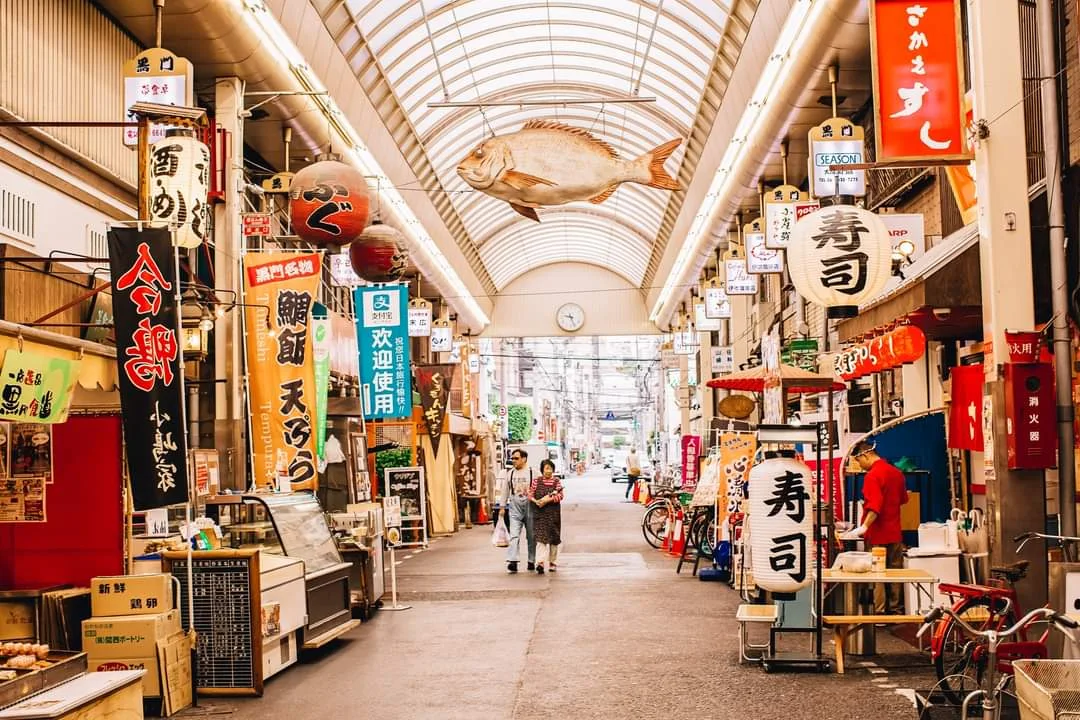
This is a shining example of Osakan street food. Expect skewered pufferfish, marbled wagyū and endless bonito samples. Prices stay tourist-friendly thanks to daily deliveries from Osaka Bay.
Note
- Nearest station: Kintetsu-Nippombashi (Kintetsu-Nara Line) / Google maps link
- Opening time: 9am – 6pm
Karato Market, Shimonoseki: The Weekend Sushi Carnival
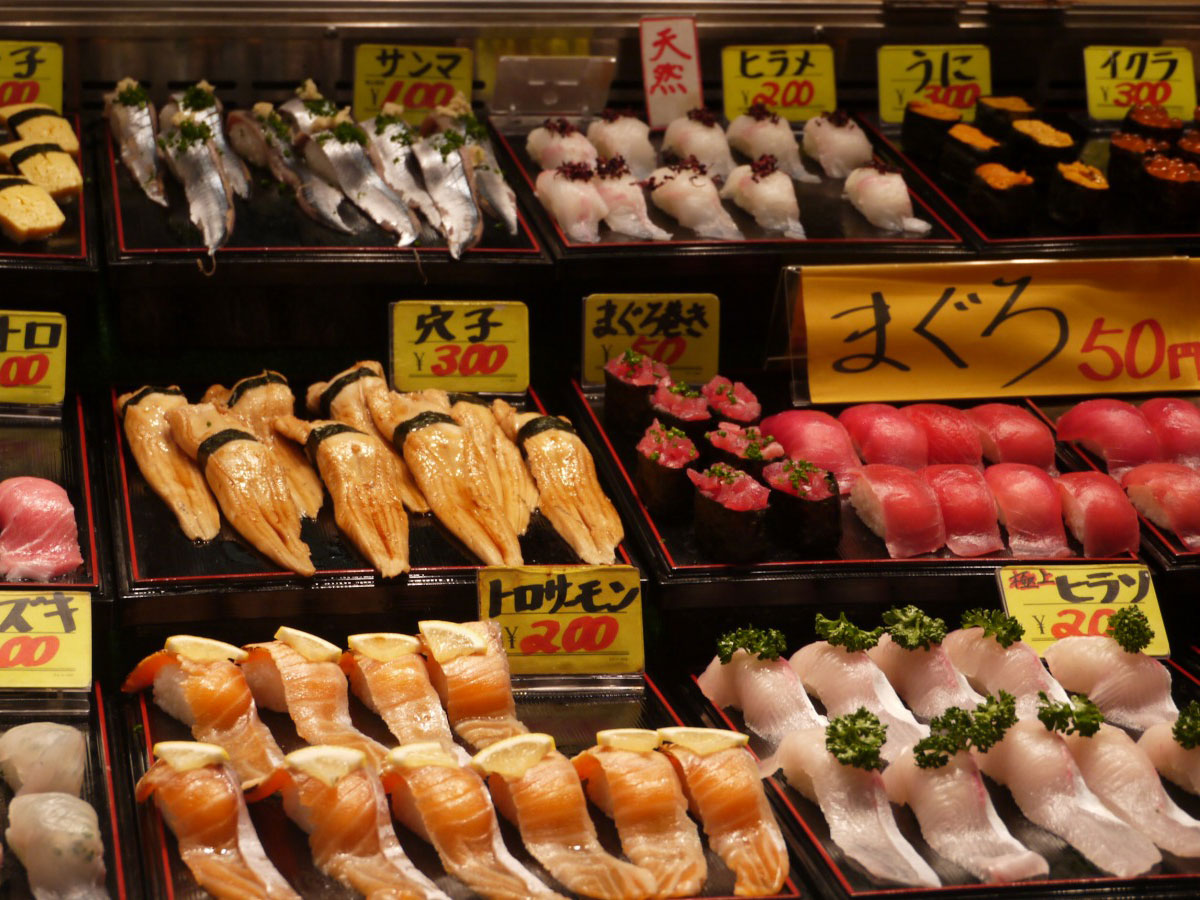
Every Friday to Sunday, the market floor becomes Iki-Iki Bakangai, a pop-up court where vendors dish blowfish nigiri and uni-topped rice bowls. Grab an ¥800 breakfast, then watch trawlers navigate the Kanmon Straits outside.
Note
- Nearest station: Shimonoseki (San-yo Line)/ Google maps link
- Opening time: 5am – 3pm
Nijo and Washo Markets, Hokkaido – Northern Morning Traditions

Sapporo’s Nijo Market opens before sunrise with king-crab towers and steaming bowls of salmon-roe rice. In Kushiro, Washo Market invites you to craft a personalized Katte-don: buy plain rice at the entrance, then add toppings stall by stall. Both embody Hokkaido’s reputation for pristine, cold-water seafood.
Note
- Nearest stations: Bus Center Mae (Tozai Line)/ Google maps link
- Opening time: 7am – 5pm
How to Shop and Eat Like a Local
Visiting a Japanese fish market can overwhelm first-timers, but a few ground rules turn chaos into culinary fun.
Auction Etiquette
Only elevated walkways are open to visitors. Flash cameras are frowned on, and you should keep your voice low during the rapid-fire bidding, while following staff instructions as they tell you.
Timing & Seasonality
Arrive just after wholesale rush — from around 9am — for fully stocked stalls without the dawn chill. Winter brings crab and cod up north, while late summer is prime for Pacific saury nationwide.
Handy Phrases
| 食べ歩きできませんか? | Tabe-aruki dekimasen ka? | May I eat while walking? |
| 宅急便? | Takkyūbin? | Say this single word and most vendors will arrange chilled overnight courier delivery. |
| マグロを一つください | Maguro wo hitotsu kudasai | One plate of tuna, please. |
Packing, Shipping and Payment
Insulated boxes with ice packs cost about ¥350. Standard takkyūbin delivery to Tokyo hotels or homes runs from ¥1,000 to ¥1,800, and usually arrives the next morning. Cash is still king, but Toyosu and major regional markets increasingly accept IC cards and contactless credit and debit card payments.
Savor the Sea as a Resident
Start with Toyosu to witness modern wholesale in action, then lose yourself in Tsukiji’s alleys for heritage flavours, then plan regional trips to taste local specialities at their source. With a pocketful of phrases, a few coins for toro on rice and the courage to queue before dawn, you will soon shop — and feast — like a lifelong resident of Japan.

